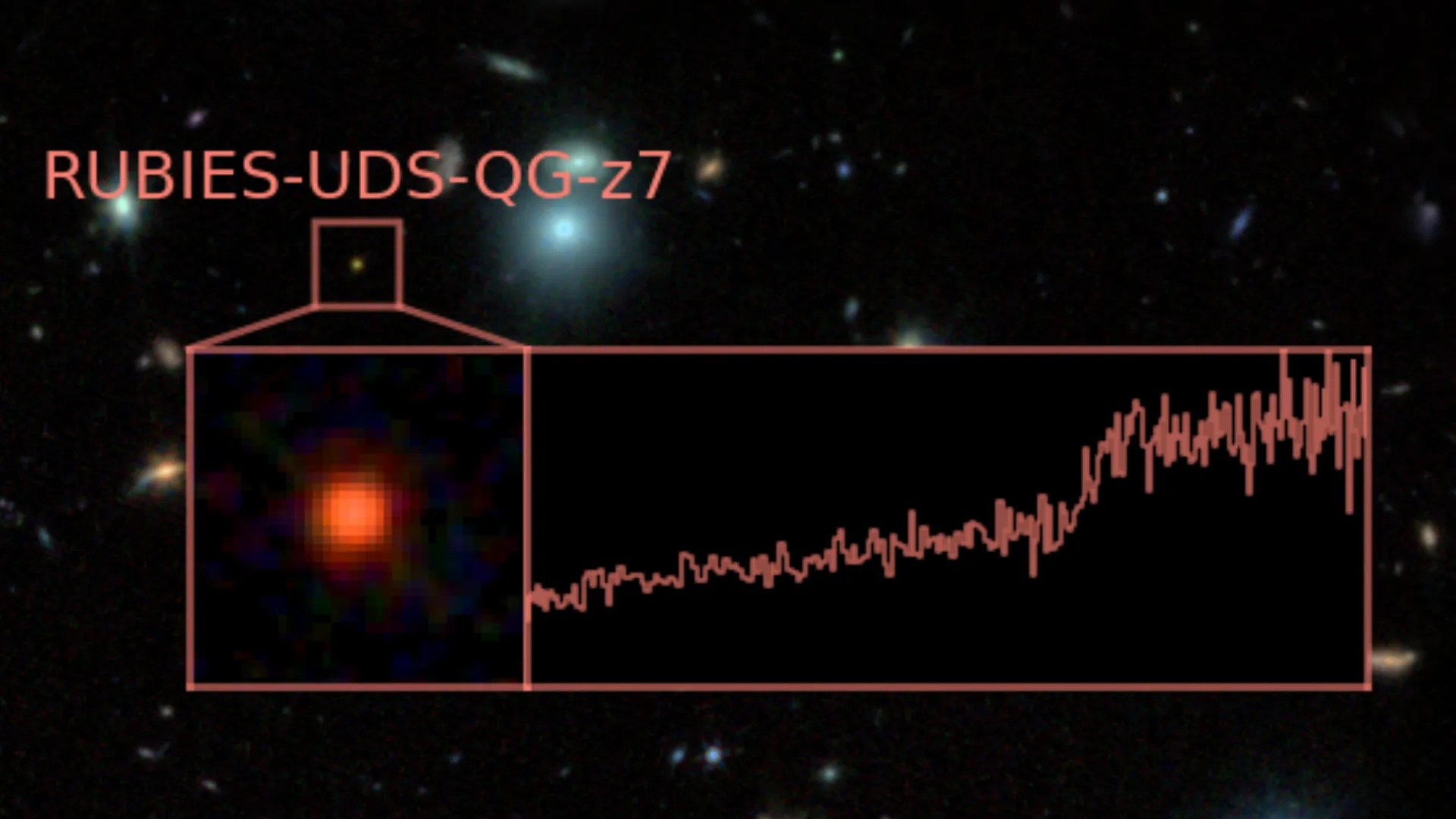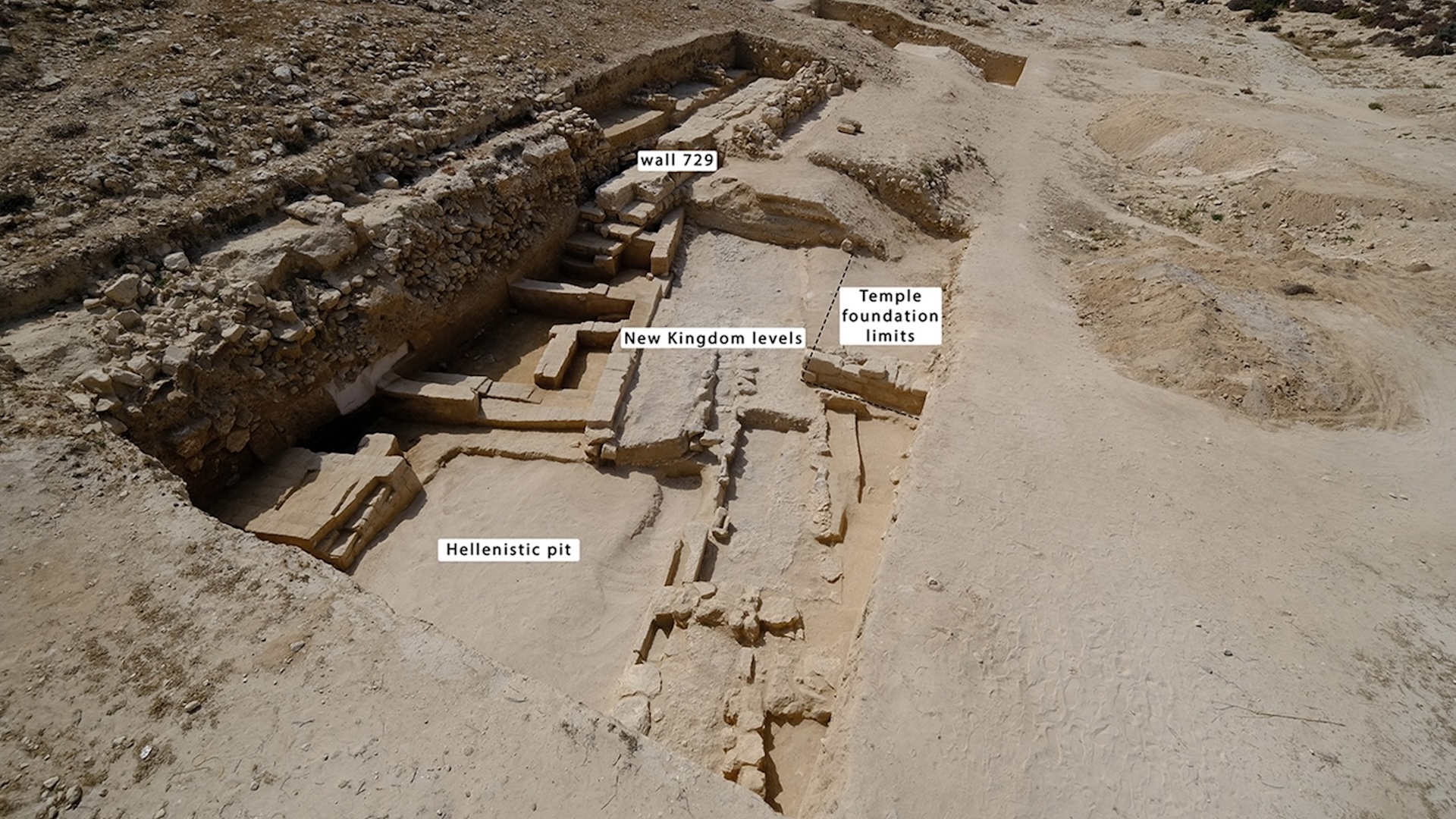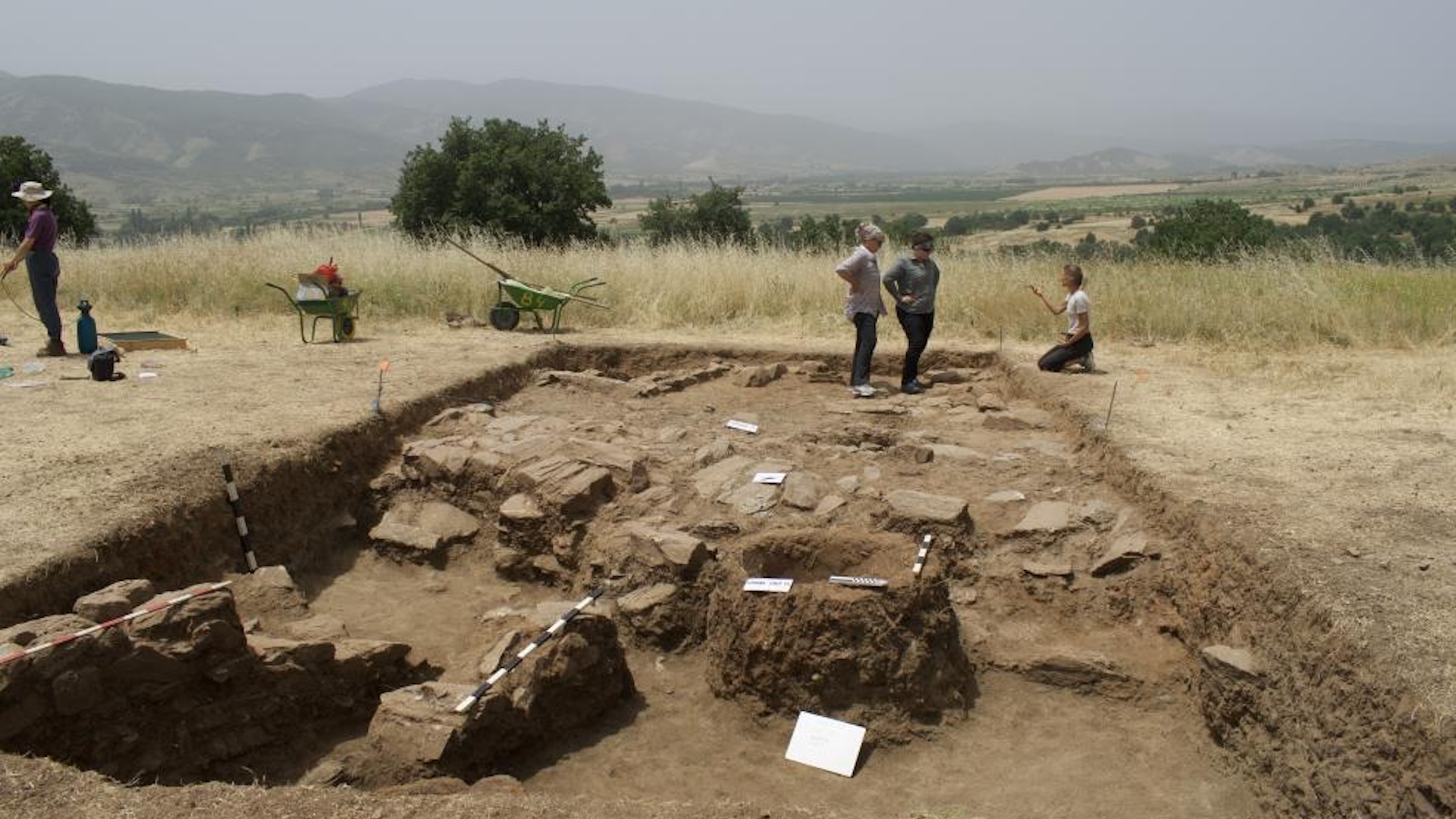
Images: Monarchs' Butterfly Forest in Central Mexico
Many monarchs
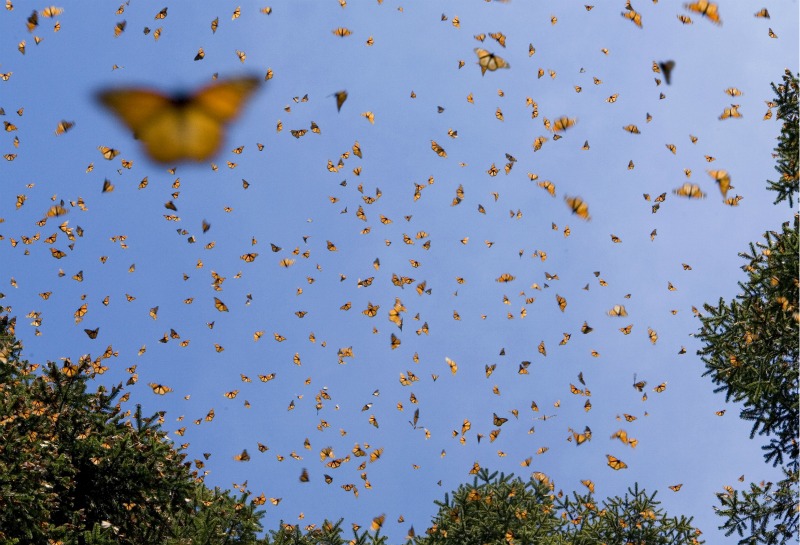
Monarch butterflies (Danaus plexippus) flying in the warmth of the midday sun near their overwintering colony in Michoacan, Mexico.
Monarch butterflies return year after year to the same swath of forest in central Mexico, to pass the cool winter months clustered together on evergreen trees. During the 2011-2012 winter, Mexican authorities and researchers with WWF found the butterflies' numbers were almost a third lower than the previous year.
Getting cozy
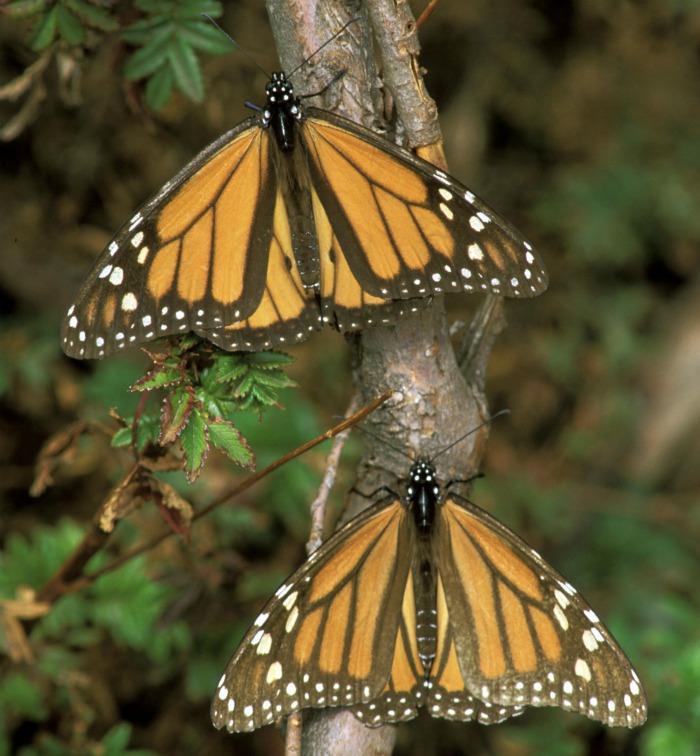
Two butterflies rest on a branch in the overwintering area.
Measuring monarchs
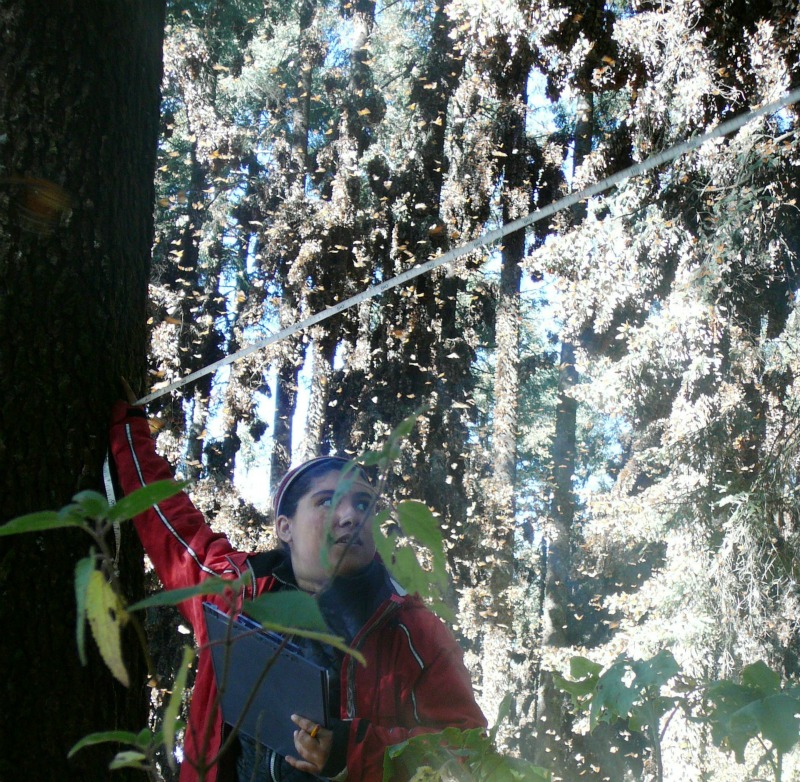
Researchers carefully measure the area the butterflies cover every 15 days to monitor how the winter population is faring.
Monarch meal
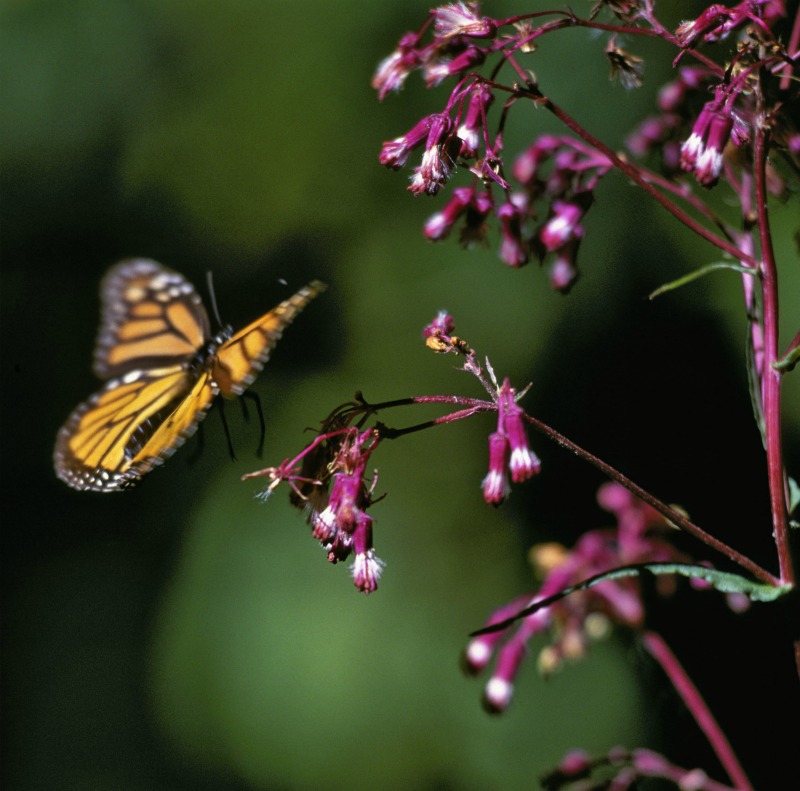
A monarch butterfly alights on a flower at a butterfly reserve in central Mexico. The butterflies' numbers have declined fairly significantly in the last two decades due to deforestation and because of the destruction of the only plants where monarchs lay their eggs milkweed.
Pleasant rest
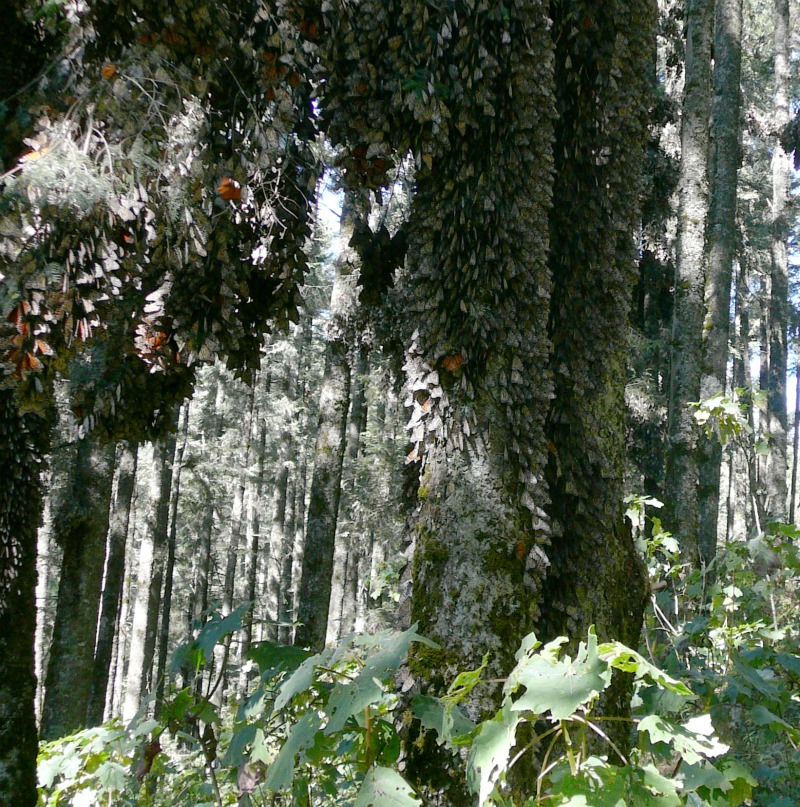
Crowds of monarchs drape the evergreen trees in a forest in Michoacán, Mexico. The insects fly all the way from Canada and the northern U.S. to this same area year after year.
Sign up for the Live Science daily newsletter now
Get the world’s most fascinating discoveries delivered straight to your inbox.


